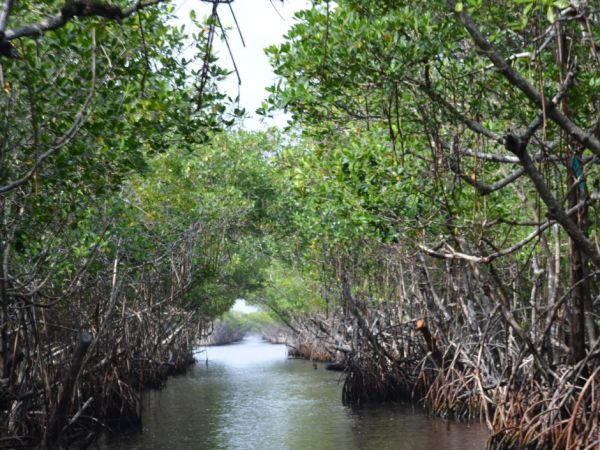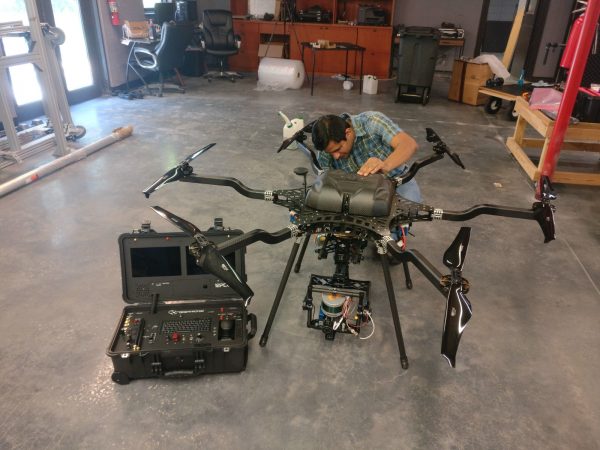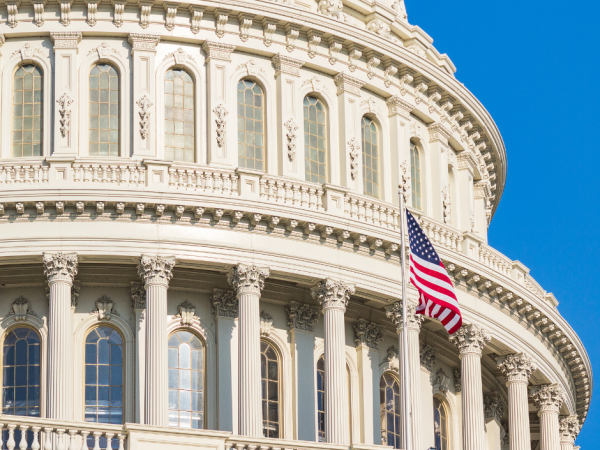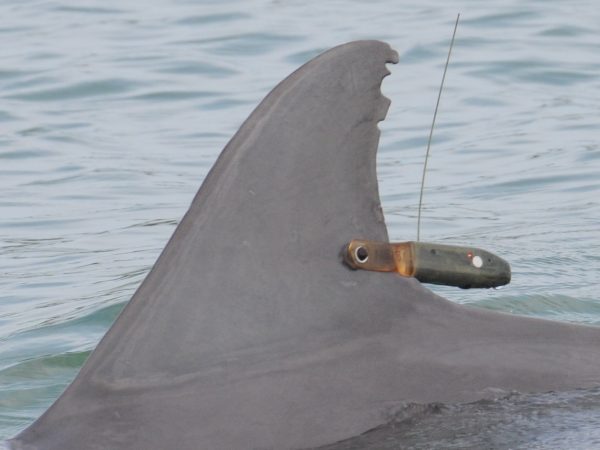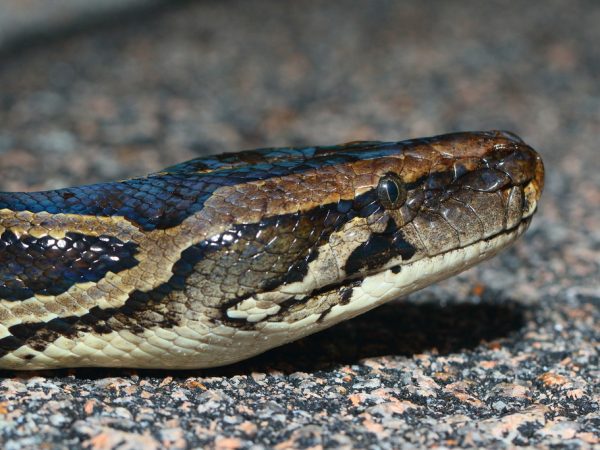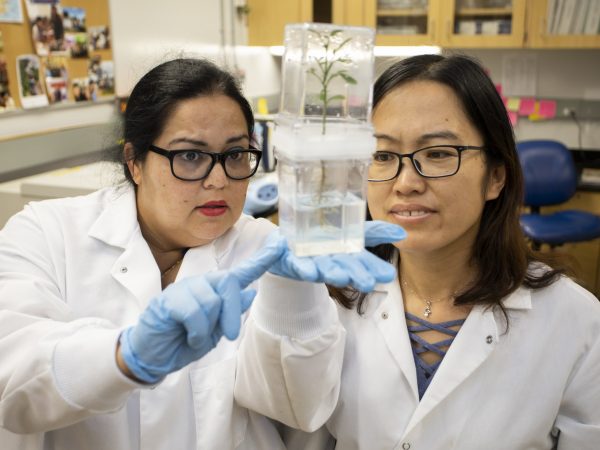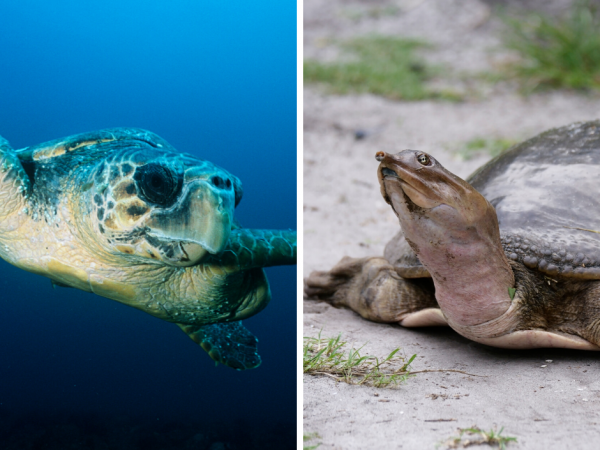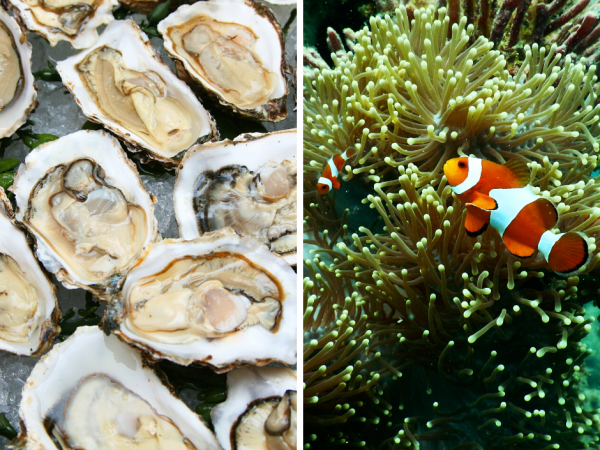The March of Mangroves
Today, climate change and coastal development have altered the mangrove’s traditional geographic span, extending its range farther north and more inland.
Another Version of Distance Learning: How Remote Sensing Bolsters Florida’s Environmental Research
Researchers can now use optical machinery, like high-tech cameras, to glean information about Earth from afar.
Environmental Laws Through the Decades in the United States
Our environment wasn’t always protected in the United States – until modern-day environmental policies entered the scene.
32,000 New Acres Purchased for Conservation through Florida Forever Program
The Florida Cabinet recently approved $79 million in Florida Forever funds to conserve nearly 32,000 acres of land in the state.
Where They Go: How Animal Tracking Can Help Save Florida’s Marine Life
Radio, GPS and satellite technology have made it possible for scientists to monitor a variety of marine species even more closely.
SLITHER Act Takes Aim on Everglades’ Invasive Species
The new bill was introduced to the U.S. Senate to identify and control invasive species in the Everglades.
In the Face of a Shuttered World, Some Labs and Conservation Efforts Persevere
Despite COVID-19 closures, land conservation plans move forward and some animal and plant research has remained operational.
Turtle Trouble: A New Virus, Hotter Sand Temperatures and a Turtle’s Sense of Smell Threaten Florida Populations
Both sea and freshwater turtles play key roles in their ecosystems.
Human Activity Can Lead to Smaller Oysters, Coral Disease
Warmer waters are leading to smaller oysters, while the dumping of ships ballast water can exacerbate the spread of coral disease.
Monkey Populations Up, Lionfish Down — Florida Invasive Species By the Numbers
Invasive species compete with native animals and plants for resources like food and habitat, often upsetting the balance of natural ecosystems.
